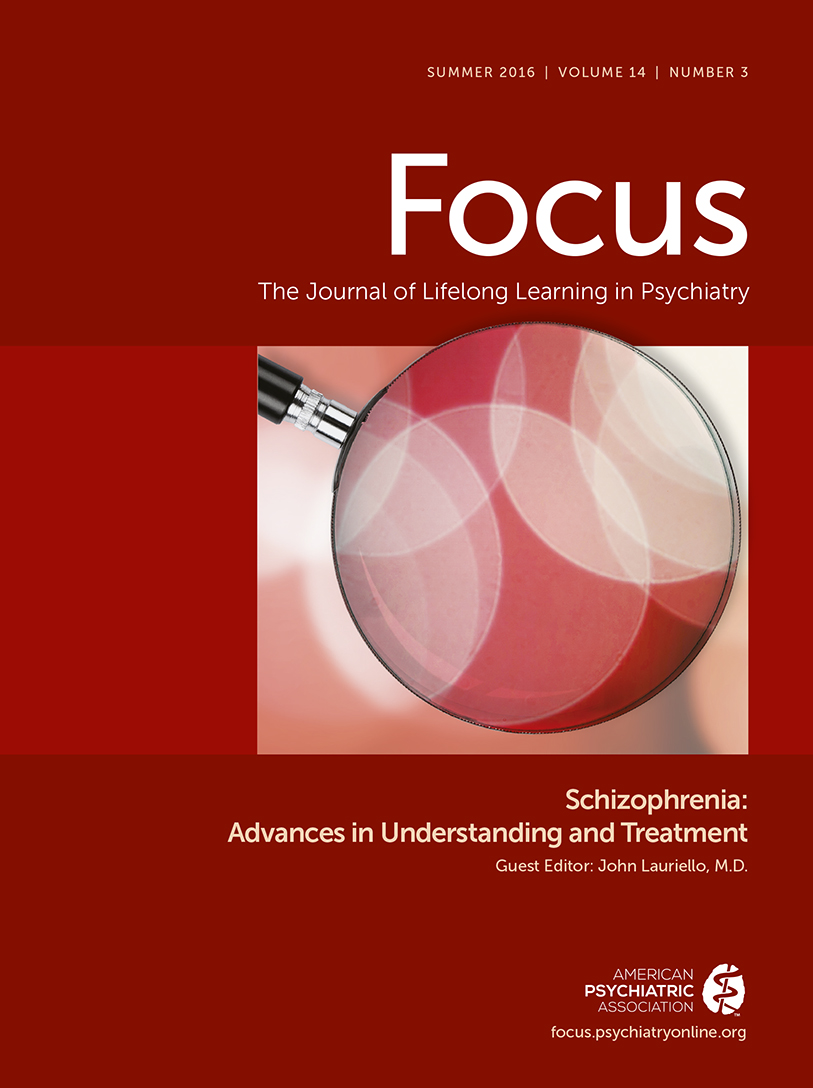Schizophrenia Pharmacology: Past, Present, and Future Targets for Intervention
Abstract
The first medication for schizophrenia was discovered serendipitously. Years later, it was shown that the medication worked by blocking dopamine, and to this date, all available antipsychotic medications also work by blocking dopamine. They differ, however, in many other respects. The so-called first-generation medications have a wide range of receptor affinities, but in all cases, they have a higher affinity for dopamine receptors than for serotonin receptors. In contrast, so-called second-generation medications have a higher affinity for serotonin receptors than for dopamine receptors. A third category of medication acts as a partial agonist at the dopamine receptor. It is likely that a fourth category will also become available and these medications will act as agonists at the N-methyl-d-aspartate receptor, although clinical trials thus far have struggled to demonstrate efficacy. In addition to medications that treat symptoms of psychosis, medications are under development to directly target some of the more fundamental aspects of cognition that are impaired in schizophrenia, including memory, sensory processing, attention, and executive function. Several promising strategies are discussed.



